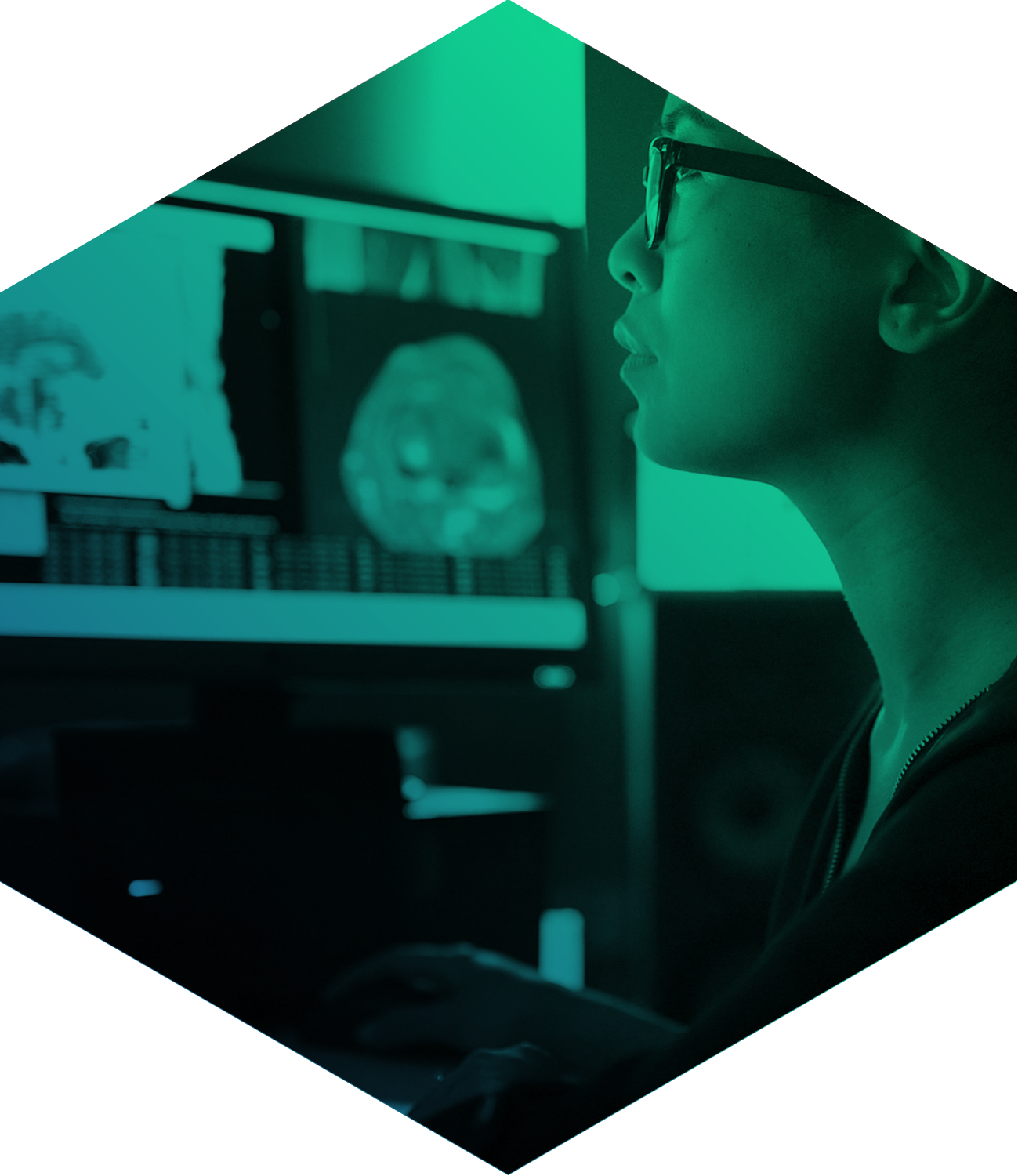Lewisville School of Science & Technology offers a specialized program for students interested in healthcare and related fields. With hands-on experiences and experienced educators, students gain the knowledge and skills needed to excel in the healthcare industry, making a positive impact on individuals and communities.
Biomedical / Health Science Pathway
Go Beyond the Lab,
Caring for Your Future



Our Biomedical / Health Science Pathway
Work Based Learning
Health Occupation Students of America (HOSA) & Health Science Internships
Earn your Certification
Certified Medical Assistant (CMA)
- Principles of Biomedical Science
- Human Body Systems
- Anatomy & Physiology
- Certified Medical Assistant Capstone
9th Grade Principles of Biomedical Science (PBS) is a full-year high school course in the PLTW Biomedical Science Program. This course serves to provide foundational knowledge and skills in fields such as biology, anatomy & physiology, genetics, microbiology, and epidemiology as well as engage students in how this content can be applied to real-world situations, cases, and problems.
Through both individual and collaborative team activities, projects, and problems, students will tackle real-world challenges faced by biomedical professionals in the field. They will work with the same tools and equipment used in hospitals and labs as they engage in relevant hands-on work. Students will develop skill in technical documentation to represent and communicate experimental findings and solutions to problems. In addition,students will explore how connections to other disciplines such as computer science and engineering shape the future of medicine and practice collaboration techniques that will help them connect with professionals across any field.

In the 10th Grade Human Body Systems (HBS) course, students examine the interactions of body systems as they explore identity, communication, power, movement, protection, and homeostasis. Students design experiments, investigate the structures and functions of the human body, and use data acquisition software to monitor body functions such as muscle movement, reflex and voluntary action, and respiration. Exploring science in action, students build organs and tissues on a skeletal manikin, work through interesting real world cases, and often play the role of biomedical professionals to solve medical mysteries.
Students practice problem solving with structured activities and progress to open-ended projects and problems that require them to develop planning, documentation, communication, and other professional skills.
Students practice problem solving with structured activities and progress to open-ended projects and problems that require them to develop planning, documentation, communication, and other professional skills.

The 11th Grade Anatomy and Physiology course is designed for students to conduct laboratory and field investigations, use scientific methods during investigations, and make informed decisions using critical thinking and scientific problem solving. Students in Anatomy and Physiology will study a variety of topics, including the structure and function of the human body and the interaction of body systems for maintaining homeostasis.
Note: This course satisfies a science credit requirement and an advanced CTE credit for students on the Foundation High School Program.

Students will perform classroom and hands-on training, as well as professional development. Graduates will posses clinical and administrative skills, i.e. EKGs, phlebotomy, injections, examinations, patient history, vital signs, insurance, billing, which enable them to perform both front and back office procedures in a physicians’ private practice, group medical practice, or long-term care facilities.
At the conclusion of this practicum course, the students will be testing to become a Certified Medical Assistant.

